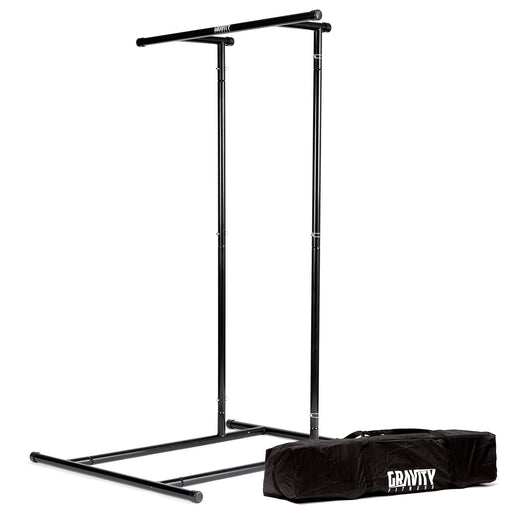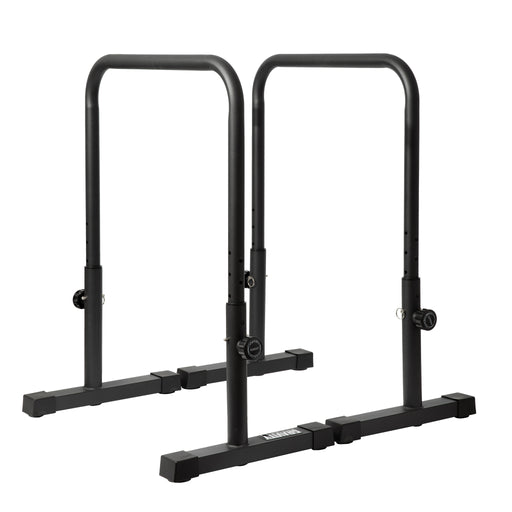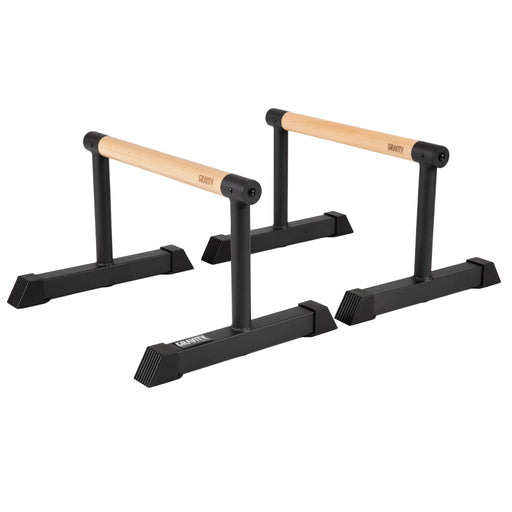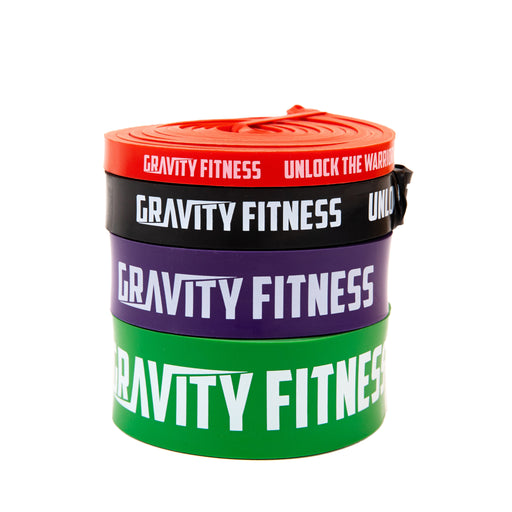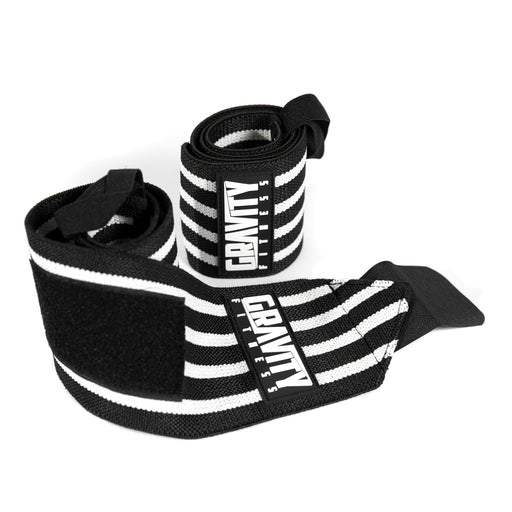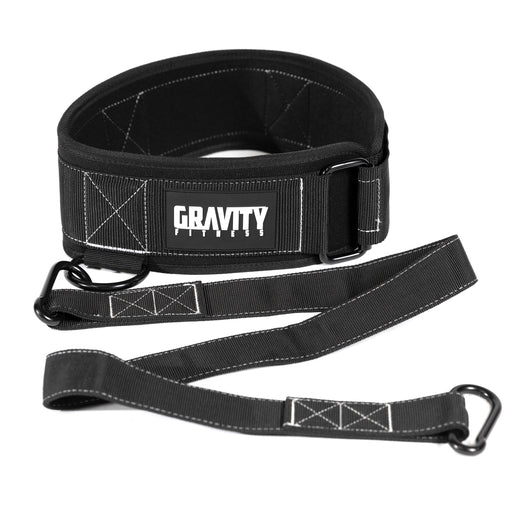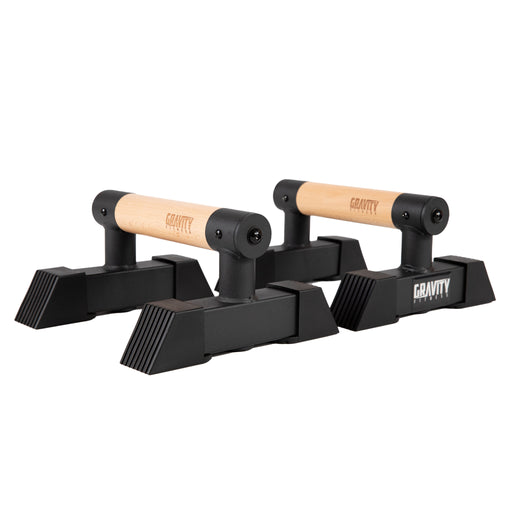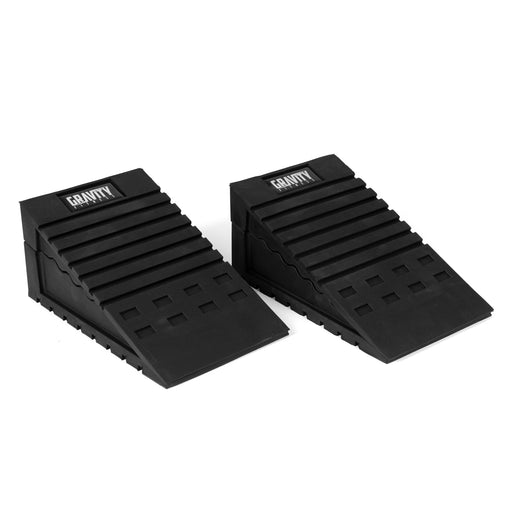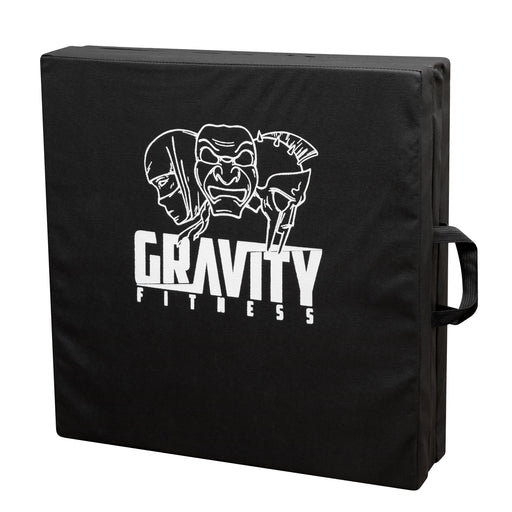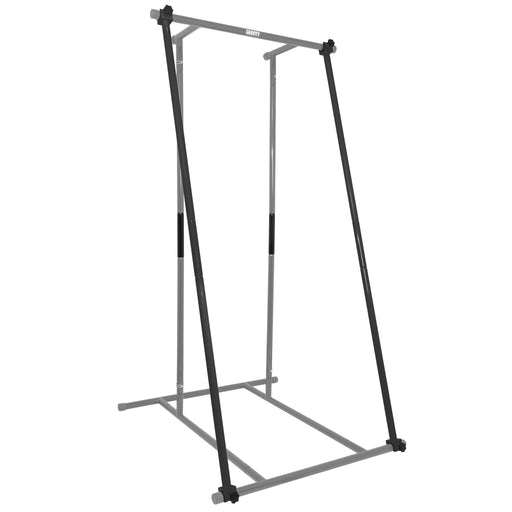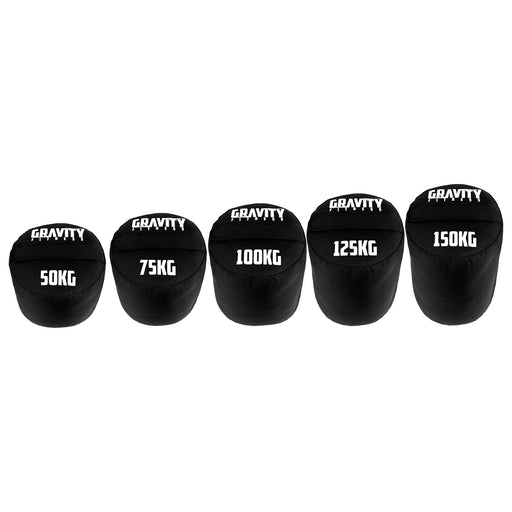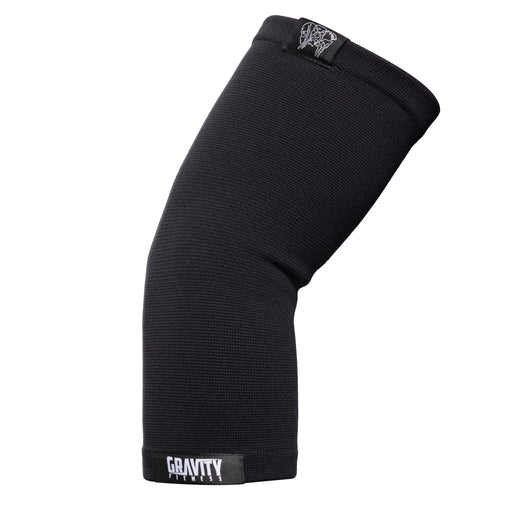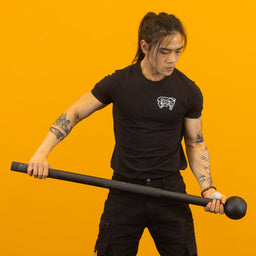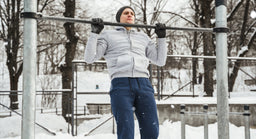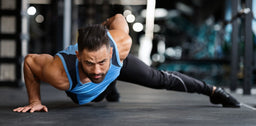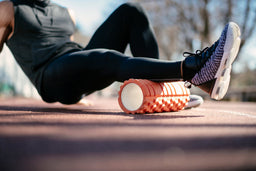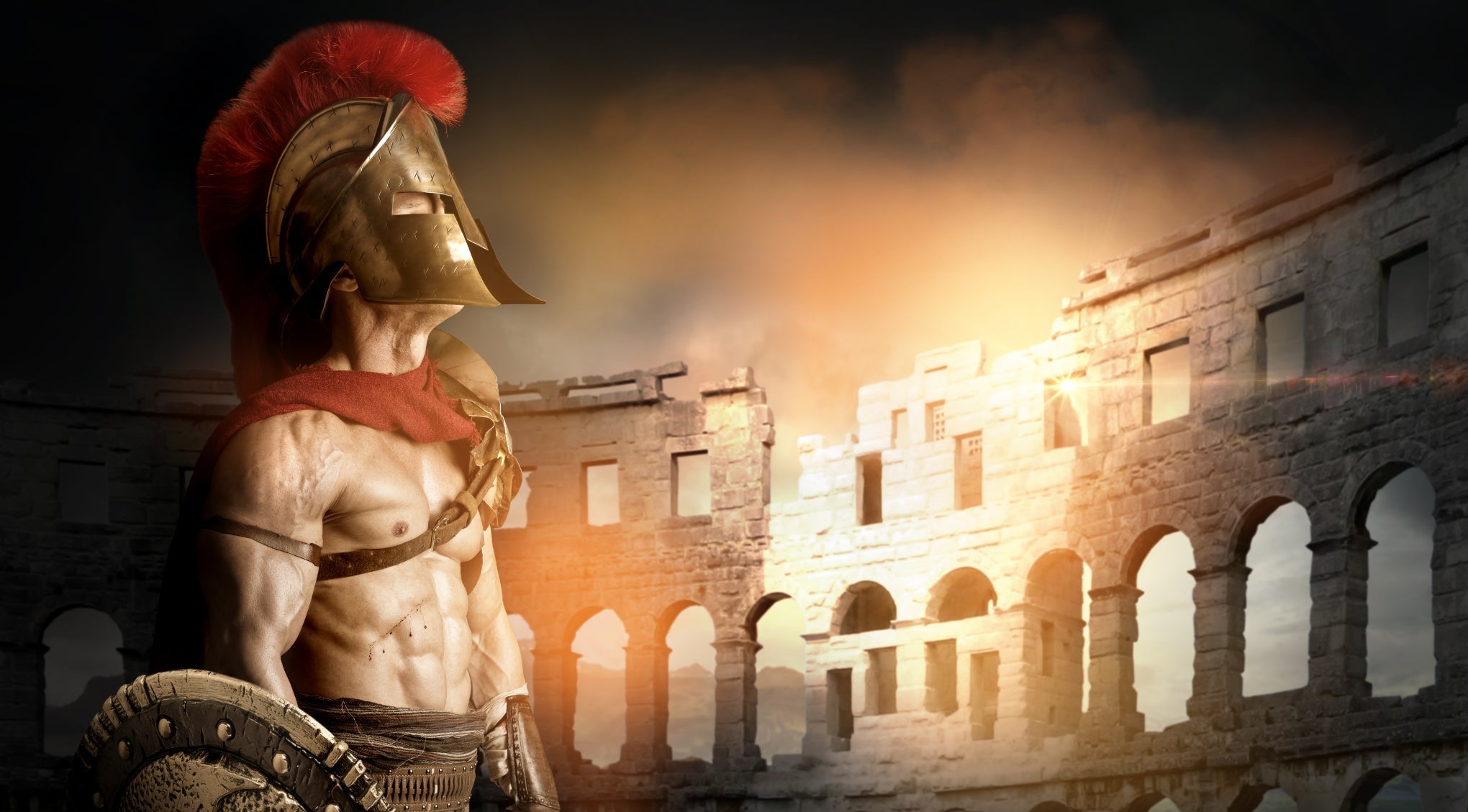
How to Train Like a Gladiator – The Philosophical and Physical Principles of Achieving Greatness
When you think of the Romans, what do you picture? Old guys in togas? Old crumbling buildings with towering columns? Or perhaps you think of the great philosophers such as Marcus Aurelius and Epictetus. Or the Roman Legions and Gladiators which encapsulated the moto “Strength and Honor”, commanding respect and awe. Even with the fall of Rome, nearly 2,000 years ago, their culture, teachings and philosophy inspire us today, including their approach and dedication to physical fitness.
The intellectuals of Rome would often pursue the virtues of stoicism, with ones ability to maintain control over their mind and emotions, as well as athleticism, both forming the cornerstone of a fulfilling existence and a life well led. These teachings are so resounding that they inspire us today.
Philosophy on Physical Fitness
Epictetus (50–135 CE) (Stoic Philosopher)
“Difficulties are things that show a person what they are.” - Challenges, whether in fitness or life, reveal your strength and character.
“No great thing is created suddenly, any more than a bunch of grapes or a fig. If you tell me that you desire a fig, I answer that there must be time. Let it first blossom, then bear fruit, then ripen.” - Progress in physical fitness requires patience and consistent effort.
Marcus Aurelius (121–180 CE) (Roman Emperor and Stoic Philosopher)
“You have power over your mind – not outside events. Realize this, and you will find strength.” - True strength begins with mastering the mind, which is key to maintaining physical fitness.
“The impediment to action advances action. What stands in the way becomes the way.” - Obstacles in fitness are not barriers but opportunities to grow stronger.
The Training Routine of a Gladiator
Gladiators were the celebrities of the Classical Era. It was the equivalent of watching your team play in the Premiership, drawing in hundreds of thousands of fans to simply watch the physical prowess of each competitor. Contrary to popular belief, because of their status and their ability to draw in huge crowds, Gladiators were treated quite well and while they weren’t in the arena, they would follow a strict routine to keep them both physically and mentally sharp.
The Tetrad system for gladiators was an ancient Roman method of structured physical training and conditioning. It was designed to build and maintain the strength, endurance, and skills required for gladiatorial combat in the arena. The system was based on a four-day training cycle, each day focusing on a specific aspect of fitness and recovery.
The Tetrad training plan ensured a balance between intense physical exertion, skill development, and recovery. Here’s how it was structured:
1. Preparatory Training (Day 1)
Tetrad:
- Focused on skill refinement, coordination, and light conditioning.
- Gladiators used wooden weapons and practiced repetitive drills to develop technique without overexerting.
Modern Training Equivalent:
- Skill-Based Practice or Light Technical Work:
- Athletes focus on refining techniques specific to their sport or discipline, e.g., basketball shooting drills, martial arts forms, or swimming stroke work.
- Dynamic Warm-Up:
- Light activities to prepare the muscles and joints for higher-intensity sessions.
Purpose in Both Systems:
- Prepare the body and mind for more intense training while honing precision and coordination.
Tetrad:
- High-intensity, full-contact sparring or simulated combat to mimic real fights.
- Strength and endurance-focused exercises like weighted carries, resistance training, or speed drills.
Modern Training Equivalent:
- High-Intensity Interval Training (HIIT):
- Combines bursts of intense effort with short rest periods, similar to the physical demands of combat.
- Sparring or Game Simulation:
- Athletes in combat sports or team sports simulate real conditions to develop endurance, strategy, and toughness.
- Strength Training:
- Exercises like deadlifts, squats, and weighted carries to build functional power and endurance.
Purpose in Both Systems:
- Push the athlete to their physical and mental limits to simulate competitive scenarios and build resilience.
Tetrad:
- Low-intensity activities such as walking, stretching, or light drills.
- Emphasis on recovery techniques, including massage, bathing, and proper nutrition.
Modern Training Equivalent:
- Active Recovery Days:
- Light activities like yoga, stretching, swimming, or walking to promote circulation and reduce muscle soreness.
- Recovery Practices:
- Modern tools like foam rolling, physiotherapy, cryotherapy, and massage therapy.
- Diet and Hydration:
- Focused nutrition to replenish glycogen stores, repair muscles, and restore electrolytes.
Purpose in Both Systems:
- Allow the body to recover while maintaining mobility and preventing stiffness, ensuring readiness for the next training phase.
Tetrad:
- Mental preparation, visualization of combat scenarios, and light sparring or shadow-fighting.
- Trainers helped gladiators develop tactical skills and psychological readiness for the unpredictability of the arena.
Modern Training Equivalent:
- Tactical and Mental Training:
- Film review, strategy sessions, and game planning in sports.
- Visualisation and mindfulness techniques for mental focus (used by athletes like Olympic swimmers or tennis players).
- Low-Intensity Skill Work:
- Shadowboxing in martial arts, slow-motion technique refinement, or agility drills to maintain sharpness.
Purpose in Both Systems:
- Sharpen the mind and ensure strategic readiness while maintaining physical preparedness.
Purpose of the Tetrad
The Tetrad was not just about physical conditioning but also about balancing the training workload with recovery to prevent overtraining and injury. This cycle allowed gladiators to develop:
- Strength and Power: Necessary for overpowering opponents.
- Endurance: To sustain effort during prolonged combat.
- Skill and Precision: To effectively execute techniques in the arena.
- Mental Resilience: To stay calm and focused under pressure.
The Tetrad system closely resembles modern athletic periodisation, which involves cycles of training intensity and recovery. Its balanced approach ensured that gladiators were not only physically ready but also mentally and tactically prepared for the brutal realities of the arena.
Perhaps this routine could be adopted for your training journey? Whatever your goals are, remember Gravity Fitness is with you all the way. Don’t forget to check out the app for more workout plans and advise, including a free trail with any purchase.
